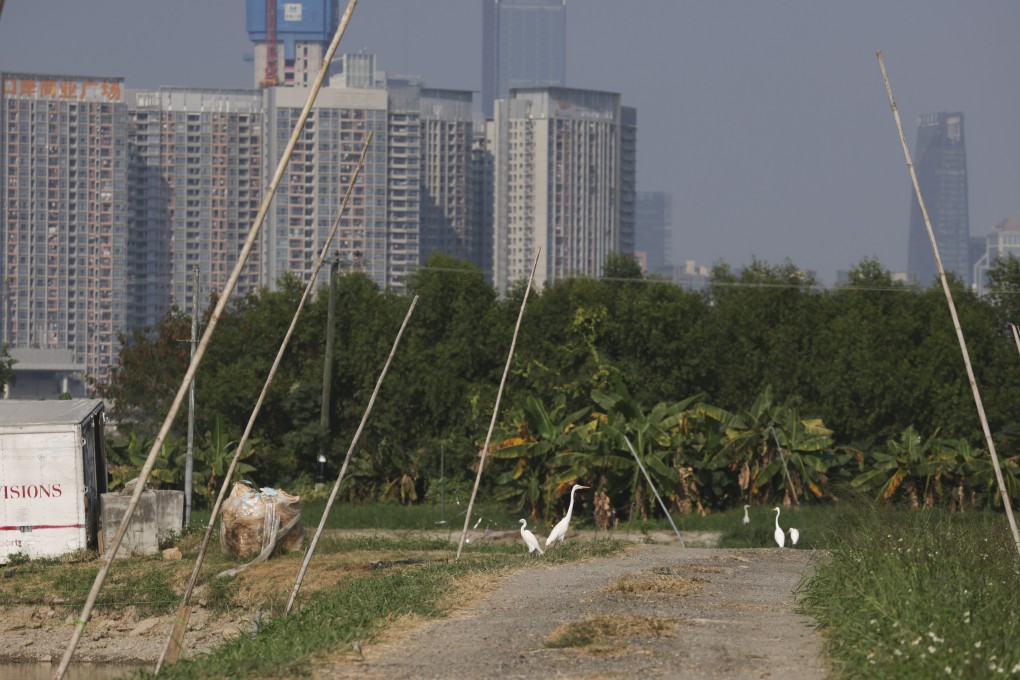Letters | Hong Kong must sustainably balance ecological conservation and development
Readers discuss the debate over the San Tin Technopole, and the practice of feeding pigeons

One significant aspect of this balance is the adoption of renewable energy. The International Renewable Energy Agency estimates that renewable sources could meet up to 86 per cent of global power demand by 2050 with appropriate investment. Shifting to renewable energy reduces our dependence on fossil fuels, a significant source of carbon emissions, and complements conservation efforts. Innovation and technology play a crucial role in advancing renewable energy sources.
Furthermore, energy-efficient building design has the potential to reduce energy consumption by 20-50 per cent, according to a US Department of Energy report. By using innovative material and technology, new developments can significantly decrease their carbon footprint and resource use while meeting housing and commercial needs.
Sustainable urban development also plays a critical role in this balance. Urban areas are responsible for over 70 per cent of carbon dioxide emissions. Innovations such as urban green space, efficient public transport and sustainable architecture can encourage development while promoting biodiversity and reducing emissions.
Developing a new city using new building design and material will not only reduce carbon emissions but also consolidate our experience in rebuilding older areas of Hong Kong.
